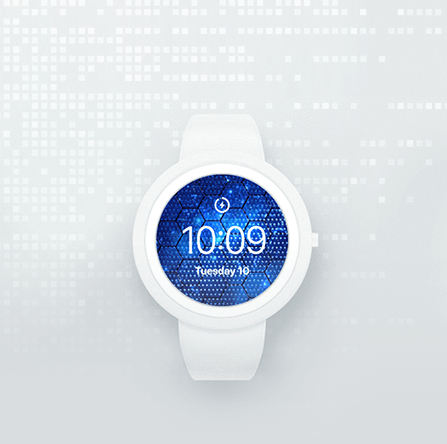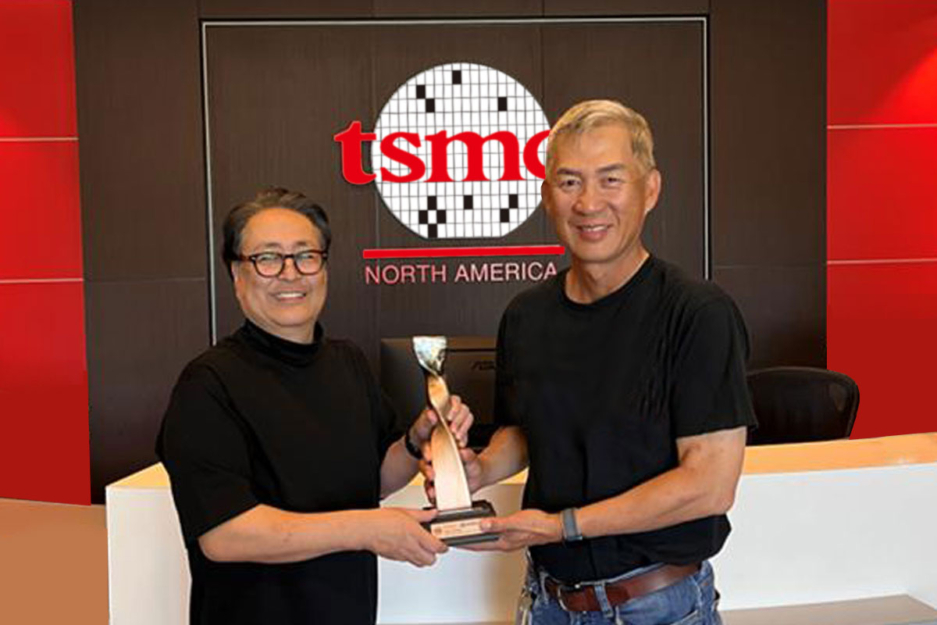apollo4 blue plus - An Overview
apollo4 blue plus - An Overview
Blog Article

Apollo4 Plus 01 Ambiq® introduces the latest addition on the Apollo4 SoC loved ones, the fourth generation of Location-enabled SoCs. Developed on the loaded architecture, the Apollo4 Plus brings Improved graphics overall performance and extra on-chip memory. By using a created-in graphics processing device (GPU) and a significant accomplishing Exhibit driver, Apollo4 Plus permits designers of future technology wearables and wise devices to deliver a lot more stunning user interface (UI) effects and Total person expertise inside a safer environment to take their ground breaking items to the subsequent stage.
The astronauts ended up winched on board the Restoration helicopter. BIGs have been worn right until they arrived at isolation amenities on board Hornet. The raft made up of decontamination elements was deliberately sunk.[194]
In 1965, the Apollo Programs System (AAP) was designed to take a look at science missions that could be performed utilizing Apollo components. A lot with the arranging centered on the concept of an area station. Wernher von Braun's before (1964) ideas used a "soaked workshop" thought, that has a invested S-II Saturn V second stage being introduced into orbit and outfitted in space. The following yr AAP analyzed a lesser station utilizing the Saturn IB next phase. By 1969, Apollo funding cuts eliminated the opportunity of procuring more Apollo components and compelled the cancellation of some afterwards Moon landing flights.
“Connectivity concerning a wide selection of devices would be the assure of IoT, and reduced electric power connectivity can advance this risk with know-how designed to empower devices which can be constrained by ability demands. Devices, irrespective of their dimensions, have to have to be able to work autonomously for very long periods of time even though consuming very little electricity,“ reported James Johnson, taking care of director at IoT Breakthrough.
For the initial two uncrewed launches, eight reliable-gasoline ullage motors ignited for 4 seconds to speed up the S-II stage, followed by the ignition in the five J-2 engines. For the very first seven crewed Apollo missions only four ullage motors had been employed within the S-II, and so they had been eliminated for the ultimate four launches. About 30 seconds right after initial phase separation, the interstage ring dropped from the next stage.
Meanwhile, on Could 24, engineers in the North American plant found hairline cracks in propellant tank welds of A further S-II phase. The next day, workers during the VAB commenced the next destack from the rocket, removing the S-II phase on June 3 for detailed inspections. Considerable X-ray and dye penetrant assessments uncovered no cracks, and workers commenced re-assembling the rocket on June 18. Engineers within the MSOB concluded the wiring operate in CM-017, reassembled it with its other elements, and returned it into the VAB wherever ground crews stacked the spacecraft for the ultimate time on June 20. The stacking, unstacking, and restacking process experienced taken eight months.
Aldrin read that Armstrong could be the 1st since Armstrong was a civilian, which built Aldrin livid. Aldrin attempted to influence other lunar module pilots he ought to be initially, but they responded cynically about the things they perceived as a lobbying campaign. Seeking to stem interdepartmental conflict, Slayton informed Aldrin that Armstrong can be first considering that he was the commander. The choice was announced within a push conference on April 14, 1969.[ninety four]
“We're incredibly happy to accept this award from IoT Breakthrough for our SoCs’ breakthrough effectiveness and contribution for the semiconductor field.”
But it surely wasn’t extended right before this program fell away from favour. With spacecraft 014, the spacecraft for Apollo 2, slipping badly driving, many commenced questioning the value of flying a next Block I mission. There wasn’t a lot of the company could discover from the Block I flight that it could then utilize for the Moon-sure Block II missions. In addition to, NASA experienced long abandoned the exercise of duplicating missions; not because Gus Grissom adopted in Al Shepard’s suborbital contrails in 1961 experienced NASA duplicated a mission.
Meticulously intended to increase the good wearable experience and consumers' Life-style designs proficiently, Luna Ring fosters cognitive performing by offering throughout a few Main scores - Slumber, Readiness, and Exercise. Power consumption was a major design and style thought by Sound for Luna Ring because they aimed to make a system that seamlessly integrates into people' life and will help enrich Way of living by improving upon day by day general performance inside of a minimalist nonetheless significant sort component.
Purposes 02 Wearables Hugely integrated multi-protocol SoCs for Health bands and smartwatches to run all functions, which include sensor processing and conversation plus inferencing within an extremely-minimal power finances.
They leave at the rear of an American flag, a patch honoring the fallen Apollo one crew, plus a plaque on among Eagle’s legs. It reads, “Right here men within the World Earth 1st established foot on the moon. July 1969 A.D. We came in peace for all mankind.”
“As Ambiq proceeds to diversify and increase its worldwide enterprise, our commitment and financial investment in Singapore continue on to get vital to our success,” reported Fumihide Esaka, the chairman and CEO at Ambiq.
“As Ambiq continues to diversify and broaden its organizations around the world, The brand new Know-how Structure Centre is an extra testomony to our determination and financial investment in Singapore for future success, permitting us to develop our improvement teams effectively.”
Get Smart. Use Less Energy.
Ultra-low power SoCs for IoT endpoint devices
that demand complex operations
and longer battery life.
✍ Ambiq® is committed to further improve the quality of life by enabling the intelligence of endpoints while further reducing carbon footprints. Ambiq – your partner in endpoint intelligence.
✯✯✯Based in Austin, San Jose, Hsinchu, Shenzhen, and Shanghai, our leadership and management teams consist of advocates, builders, enthusiasts, entrepreneurs, Smart devices explorers, incubators, inventors, pioneers, protectors, thinkers, and visionaries. With a diverse spectrum of experiences and skillset, we came together and united with one goal to enable the true Internet of Things where the battery-powered endpoint devices can truly be connected intuitively and intelligently 24/7.
Ambiq Wins the Demo of the Year Award at 2023 TSMC Technology Symposium
September 7, 2023, Austin, TX – Ambiq®, a leading developer of ultra-low-power semiconductor solutions that deliver a multifold increase in energy efficiency, was awarded the Demo of the Year Award by TSMC as a participant of the Innovation Zone at the 2023 TSMC North America Technology Symposium.
Ambiq Wins the Demo of the Year Award at 2023 TSMC Technology Symposium
During the April event, Ambiq showcased various product design wins using TSMC’s 22nm technology in wearables, digital health, smart home, Industrial IoT, pet trackers, and retail segments, with industry-leading energy efficiency. Ambiq also featured two live demos emphasizing its leadership in enabling endpoint AI with its HeartKit™ for remote patient monitoring and its graphics display capabilities for a vivid user interface. 
TSMC pioneered the pure-play semiconductor foundry business model when it was founded in 1987, helping startup companies accelerate their innovations by providing access to the industry’s leading process technologies and manufacturing capacity. Since 2021, TSMC has expanded that mission with an Innovation Zone at its worldwide Technology Symposiums, highlighting how TSMC partners with startup companies to enable cutting-edge products from various applications, including high-performance computing, communication, automotive, IoT, and consumer segments.
“We’re grateful to TSMC and our booth visitors for allowing us to share our energy-efficient technology and processor solutions with them,” said Ambiq’s CEO, Fumihide Esaka. “We’re moving towards an exciting frontier of AI becoming more engrained with our daily lives. With that vision on the horizon, we will continue to develop innovative and first-of-its-kind ultra-low-powered Smart watch for diabetics solutions that keep innovation and sustainability in mind. 
Ambiq’s mission is to develop the lowest-power semiconductor solutions to enable intelligent devices everywhere by developing the lowest-power semiconductor solutions to drive a more energy-efficient, sustainable, and data-driven world. Ambiq has helped leading manufacturers worldwide develop products that last weeks on a single charge (rather than days), while delivering a maximum feature set in compact industrial designs. Ambiq’s goal is to take Artificial Intelligence (AI) where it has never gone before in mobile and portable devices, using Ambiq’s advanced ultra-low power system on chip (SoC) solutions. Ambiq has shipped more than 200 million units as of March 2023.
Ambiq Designs Low-Power for Next Gen Endpoint Devices
Ambiq’s VP of Architecture and Product Planning, Dan Cermak, joins the ipXchange team at CES to discuss how manufacturers can improve their products with ultra-low power. As technology becomes more sophisticated, energy consumption continues to grow. Here Dan outlines how Ambiq stays ahead of the curve by planning for energy requirements 5 years in advance.
Ambiq Highlights From Embedded World 2024
Facebook | Linkedin | Twitter | YouTube